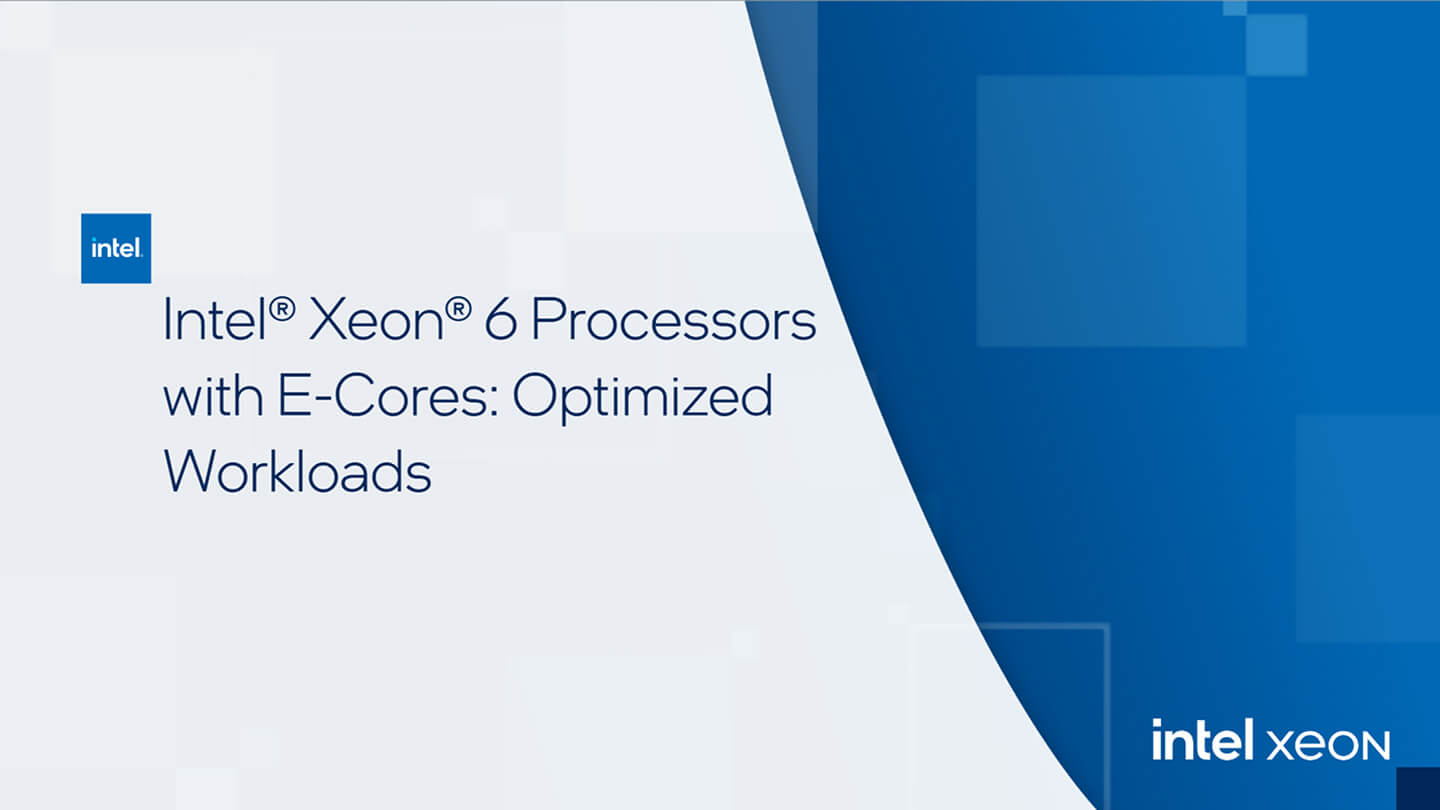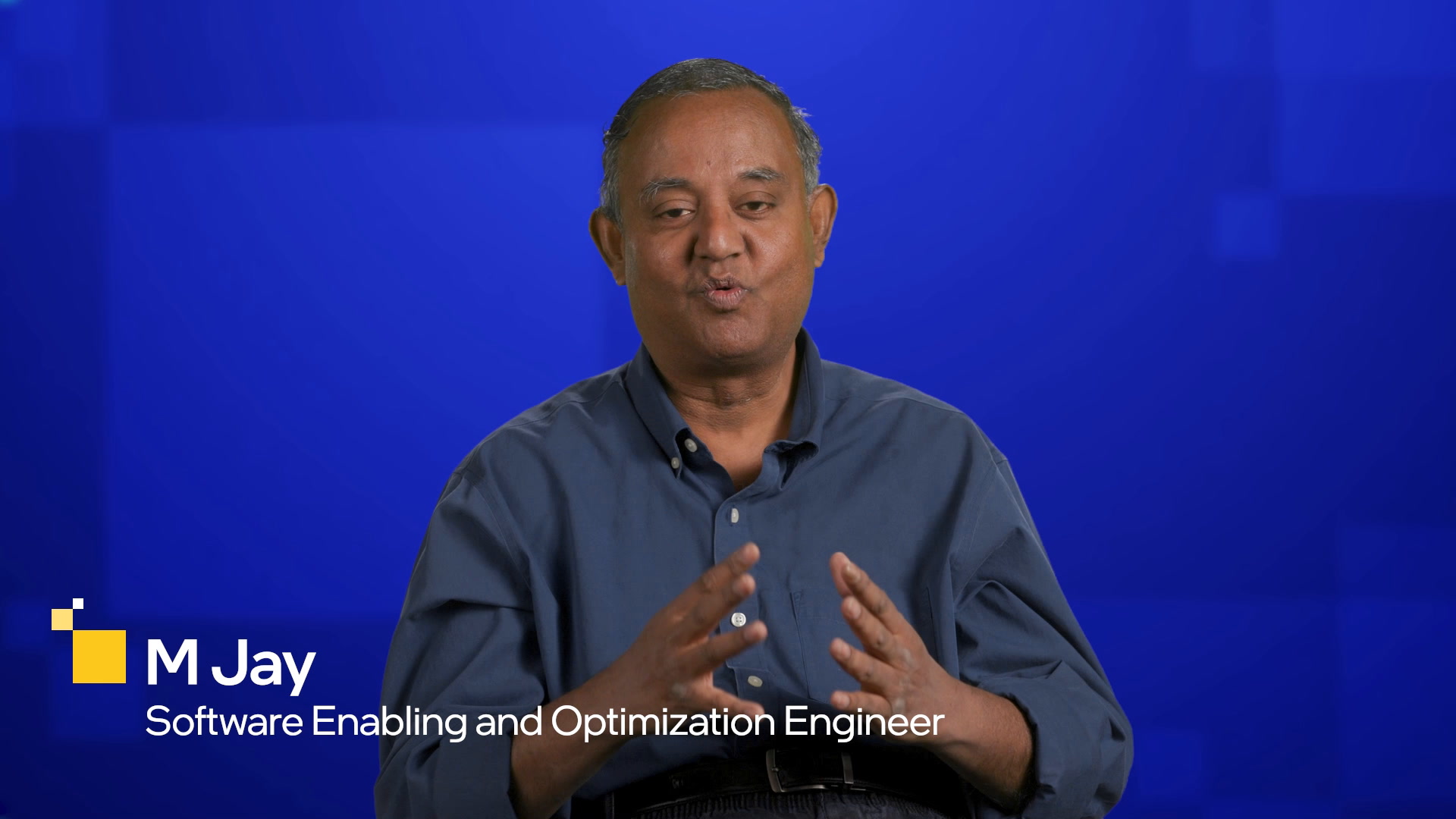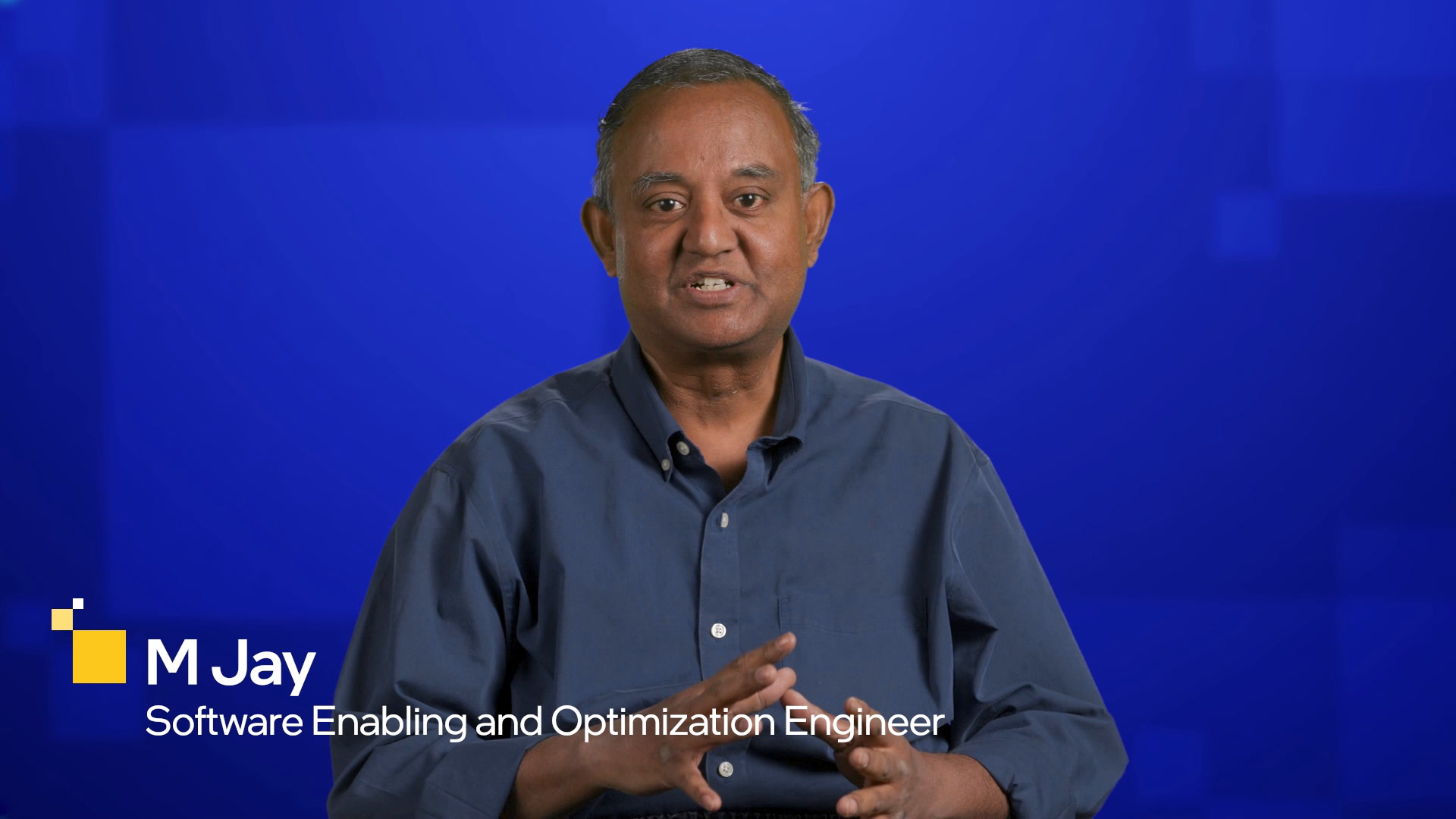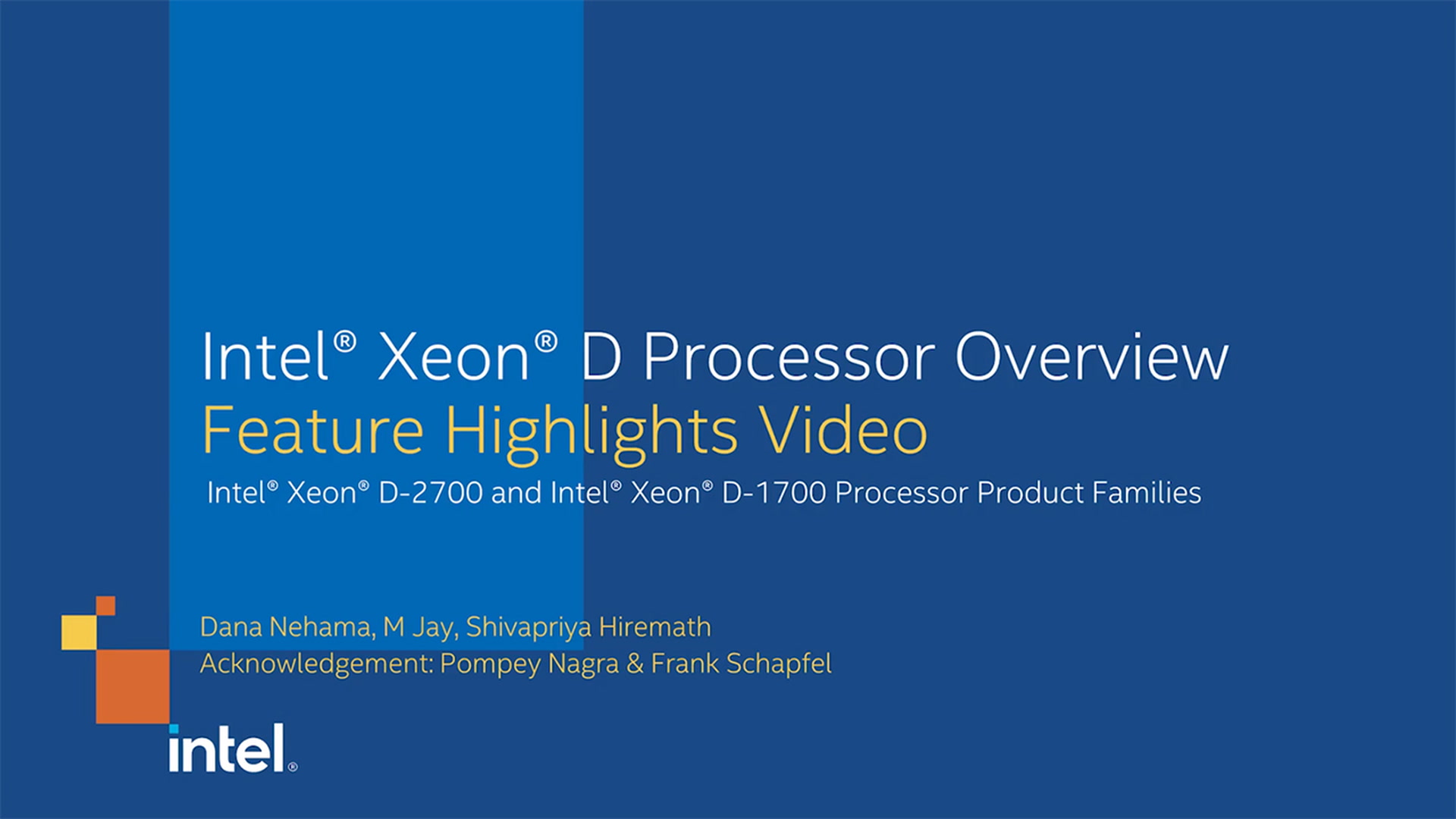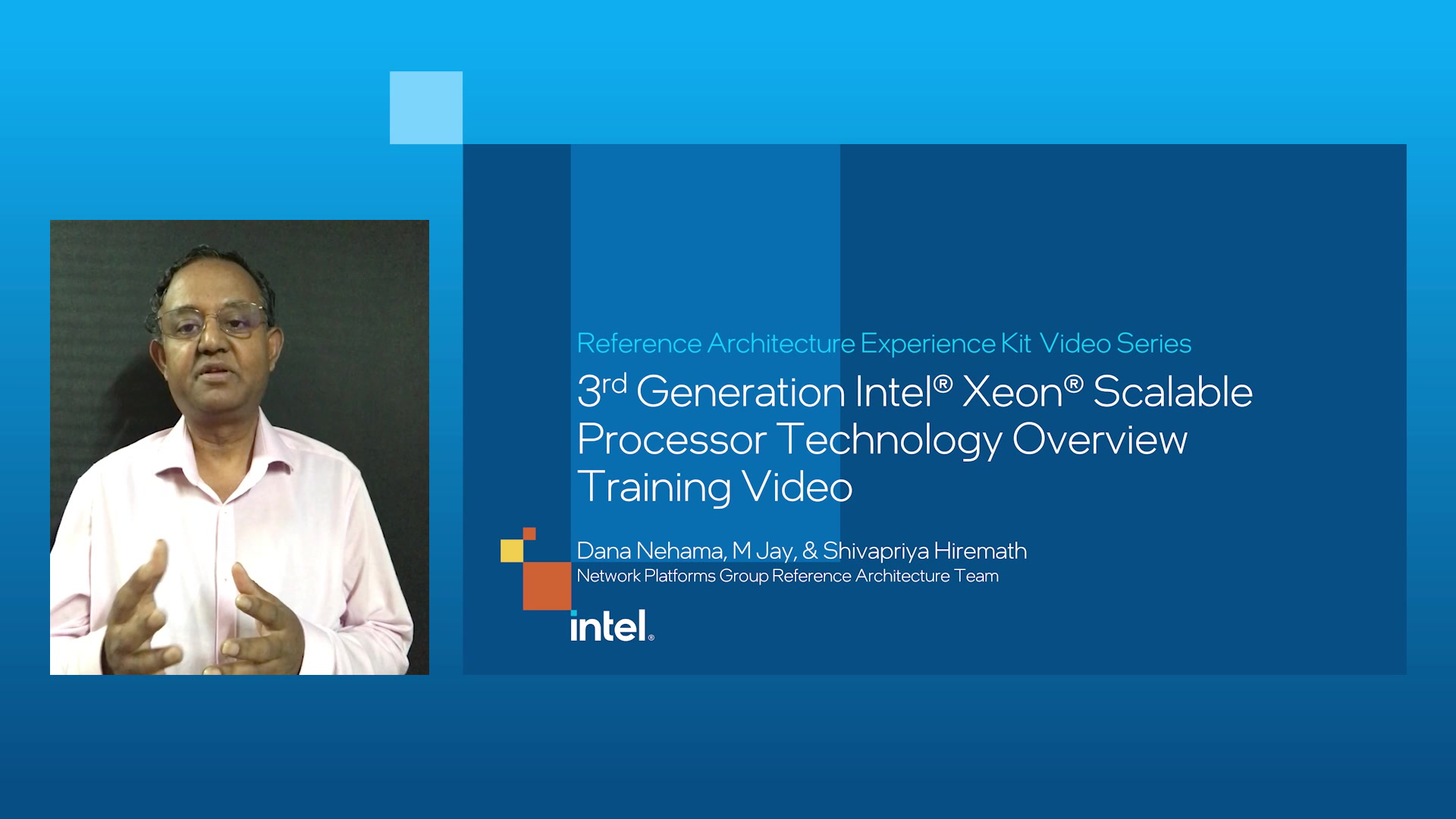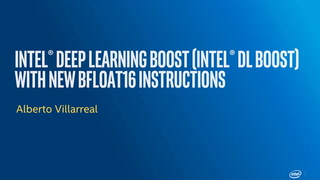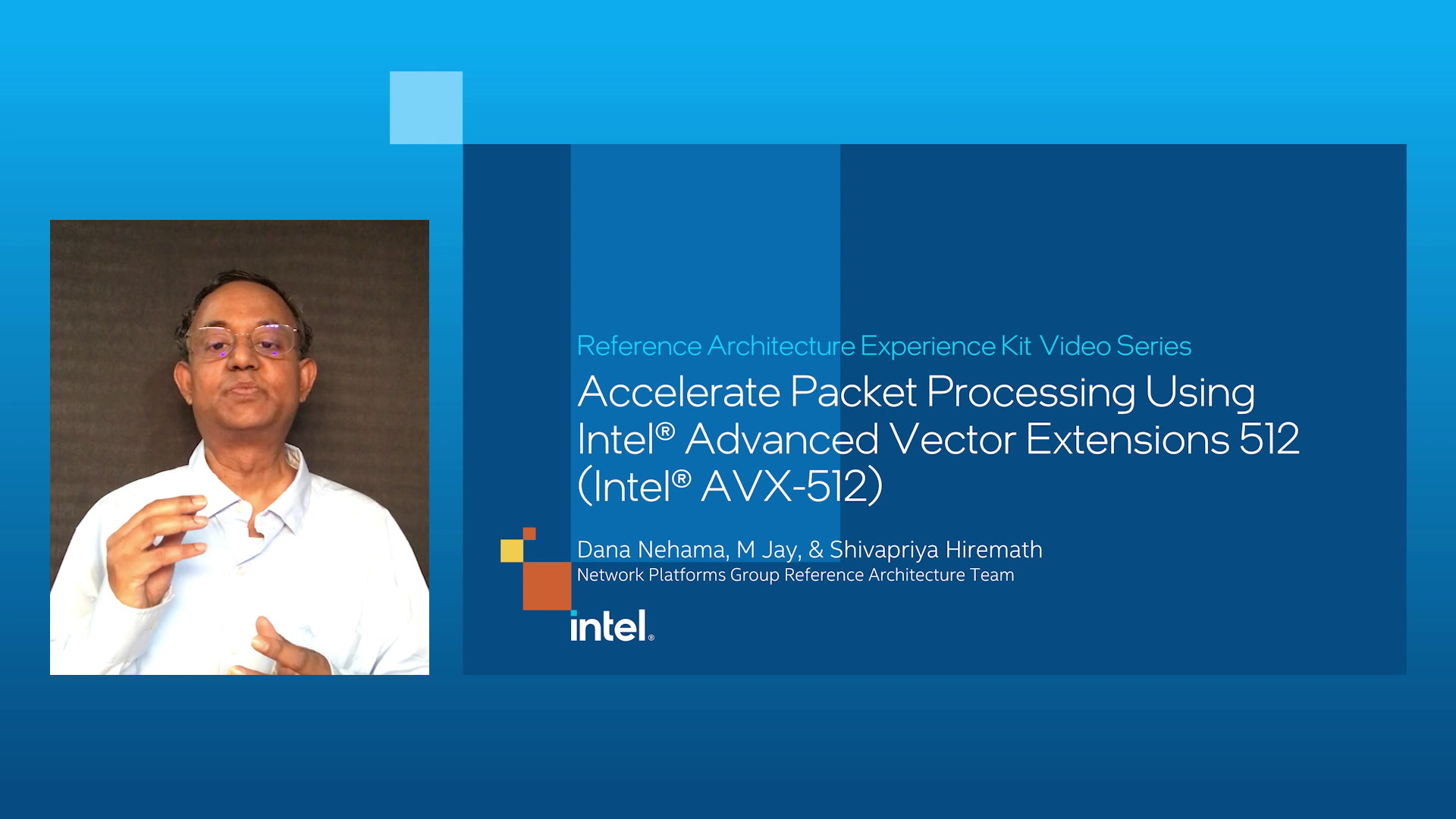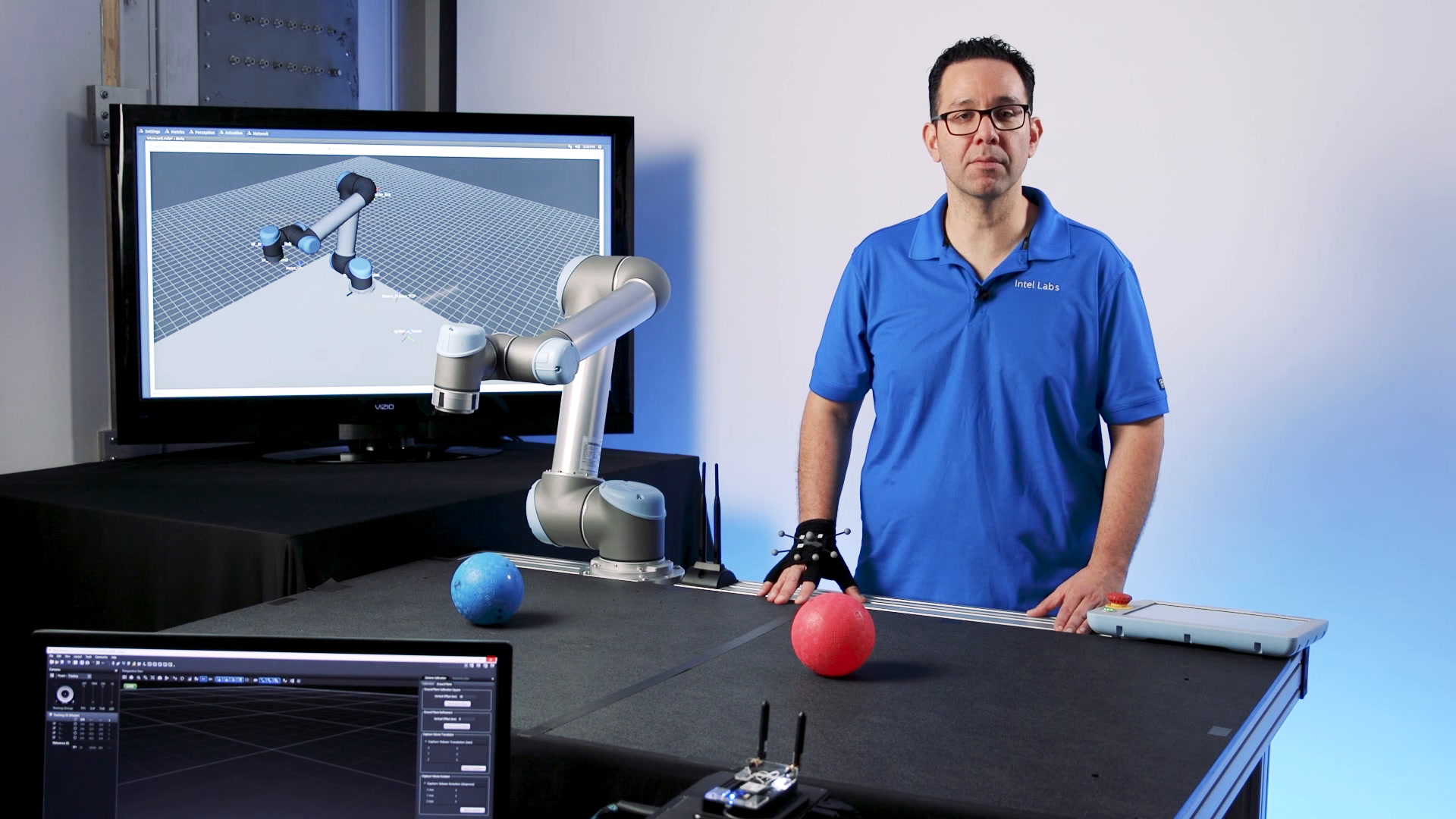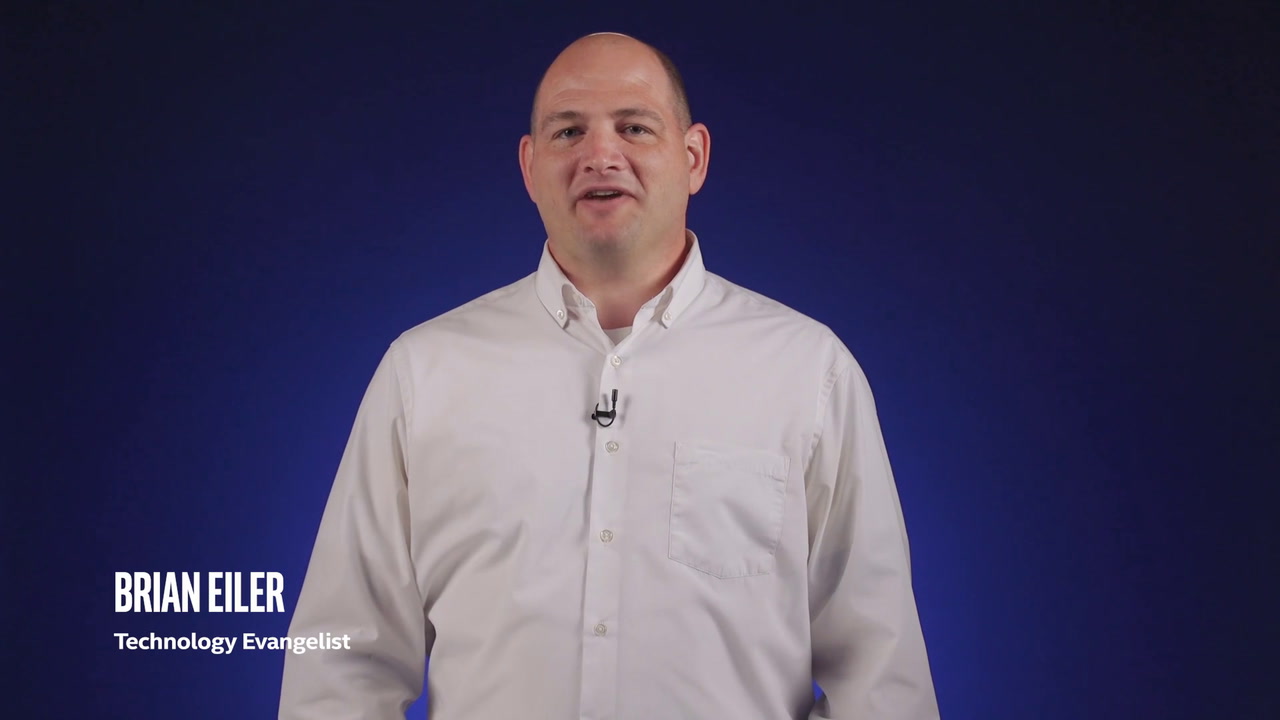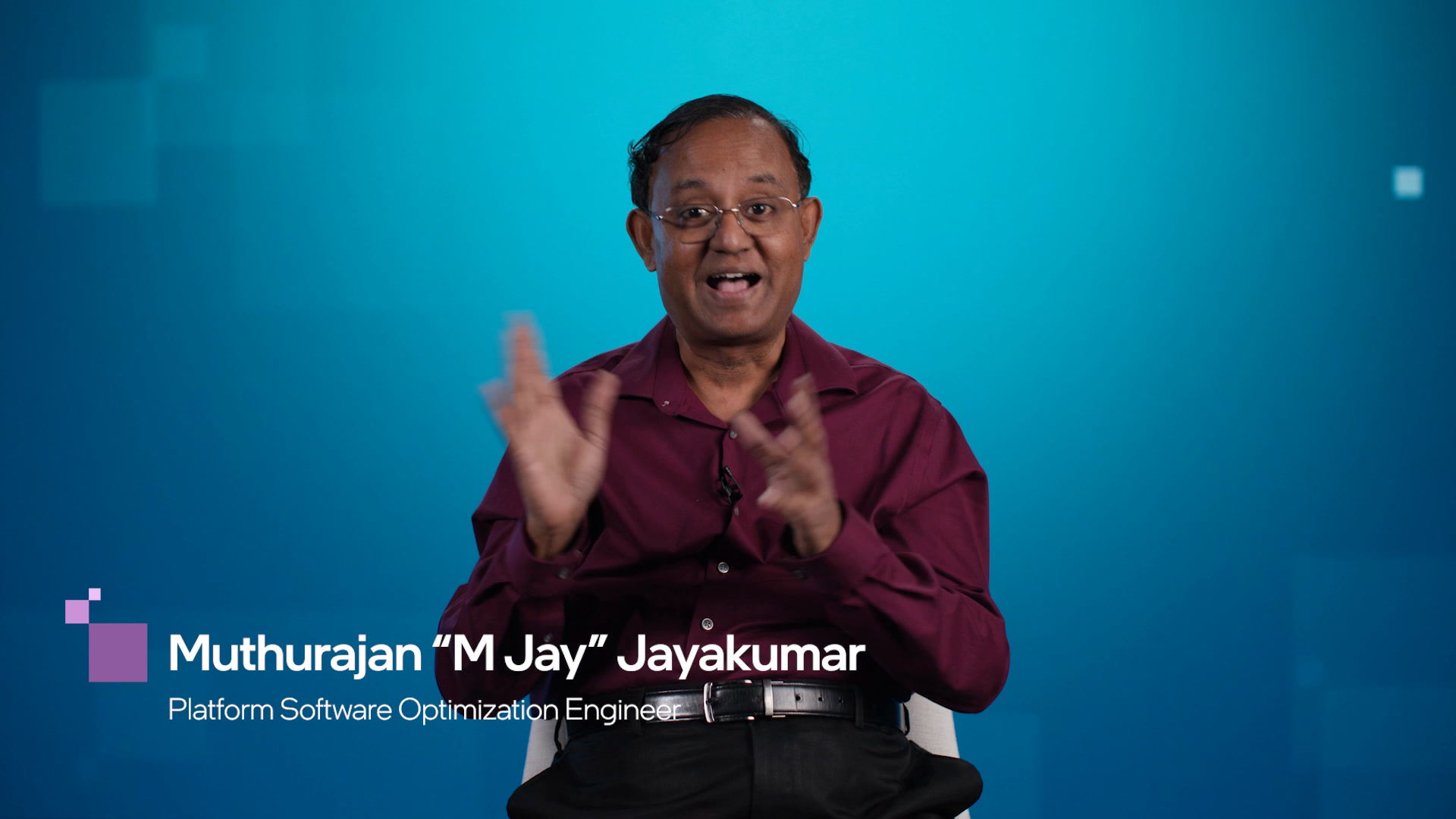Program Overview
The Intel® Technologies and Platforms program provides courseware related to the growing portfolio of Intel products and technologies delivering solutions to help the networking industry, including Communication Service Providers and the ecosystem, to bring advanced performance and intelligence from the core of the data center to the network edge.
15 Courses
Share With
In this course, we will focus on optimal workload applications for the Intel® Xeon® 6 processor with Efficient cores (E-cores), how to maximize performance gains, and features that can drive server performance optimizations.
In this course, we will focus on the current business challenges facing companies and how processors built for efficiency and scalability can solve them.
Learn about the rich set of platform enhancements made to the next generation Intel® Xeon® processor, driving improvements in performance, energy efficiency and return on investment (ROI). We then discuss how the Reference Architecture enables multiple deployment options, how it can be simply and automatically provisioned by using Ansible scripts and how it is supported by Experience Kits, a set of collaterals, demos and trainings that provide best practice development and deployment guidelines based on Intel® technologies.
Gain an in-depth understanding of the rich set of platform enhancements made to the next generation Intel® Xeon® processor. This course will go into greater detail on these enhancements including discussions on: Compute Express Link 1.1 and New Memory Instruction Set Architecture, the new built-in AI acceleration engine, numerous on-board technologies built into the 4th Gen Intel® Xeon® processors, High Bandwidth Memory (HBM) and core packages.
In this course, M Jay, NFV Platform Application Engineer at Intel, provides an overview of the Intel® Xeon® D-2700 and Intel® Xeon® D-1700 processor product families. The course will start with platform level benefits and explore how integration of these technologies can address the needs of differing workloads and market segments. The course will then dive deeper into the advanced features of these processor product families.
This video is a part of our Experience Kit video series. In this video, M Jay, DPDK/NFV Platform Application Engineer at Intel, highlights the key hero features of 3rd Generation Intel® Xeon® Scalable processors and how these are consumed in Kubernetes reference architecture experience.
In this training, learn about industry trends in artificial intelligence and machine learning (AI/ML) in networking use cases. Discover how customer momentum is building with the use of Intel® Xeon® Scalable processors in real time AI/ML. This training covers encrypted traffic analysis and the benefits of innovative AI and ML solutions. Featuring the solution brief “Traffic Analytics Development Kit: Components and Solutions (TADK)” featuring in the Network Transformation Experience Kits.
In this course, Alberto Villarreal introduces a new feature in the third generation Intel® Xeon® Scalable processors designed to accelerate Deep Learning training: The Bfloat16, which improves deep learning training workloads.
This video is a part of our Experience Kit video series. In this video, M Jay, DPDK/NFV Platform Application Engineer at Intel, introduces and provides details on the performance advantages that can be gained with Intel® Advanced Vector Extensions 512 (Intel® AVX-512).
In this demonstration, Dr.-Ing. David I. González-Aguirre, Robotic Research Scientists at Intel Labs, showcases real-time human imitation by a robot in a high-performance, low-latency process featuring Wi-Fi 6 and the 2nd Generation Intel® Xeon® Scalable Processor.
This video is part of the Network Transformation Experience Kit video series. In this video M Jay, DPDK/NFV Platform Application Engineer at Intel introduces Intel® Speed Select Technology – Base Frequency (Intel® SST-BF). He examines what Intel® SST-BF does, what processors it is available on and what the benefits are.
This course will introduce Intel® Speed Select Technology – Base Frequency (Intel® SST-BF) and Intel® VTune™ Amplifier - Platform Profiler. The lab activity will use Intel VTune Amplifier – Platform Profiler to analyze the impact of Intel SST-BF. The lab will demonstrate a performance test of a VNF workload, analyze and interpret those results and discuss and evaluate the findings.
In this course, Stephen Chenoweth, Intel® Product Manager, provides an overview of Intel’s Xeon Scalable Processors. In this course you will learn of the many features and benefits that are built into the processor itself, what performance you can expect for specific data center workloads, and much more.
Explore the cutting-edge world of Intel® Network and Edge platforms with our comprehensive course on the Intel® Video AI Box for Video Analytics. Dive into the microservices-based architecture, understanding the suite of application frameworks and video analytics base containers. Witness the power of Intel Video AI Box as it integrates general compute, media, and AI capabilities in a single box, catering to video analytics requirements at the edge. Explore its flexibility with CPU ( i.e., integrated GPU) and DGPU configurations, making it a standout solution for real-time Edge analytics or as a discrete AI service on the network. Whether you are a developer, system architect, or technology enthusiast, this course equips you with the knowledge to harness the full capabilities of Intel Video AI Box for your video analytics projects. Don't miss out on this opportunity to delve into the future of edge computing and AI.
Learn more about the Intel® Core™ Ultra processor and its ability to efficiently run AI models and provide new AI experiences while maintaining privacy and flexibility. This course highlights the Intel Core Ultra processor, particularly focusing on its neural processing unit (NPU) and its integration of AI and ML features. The NPU, along with the CPU and GPU, is utilized for different AI workloads, with the NPU designed for sustained tasks and power efficiency, while the GPU and CPU handle parallelized and low-latency tasks, respectively.

